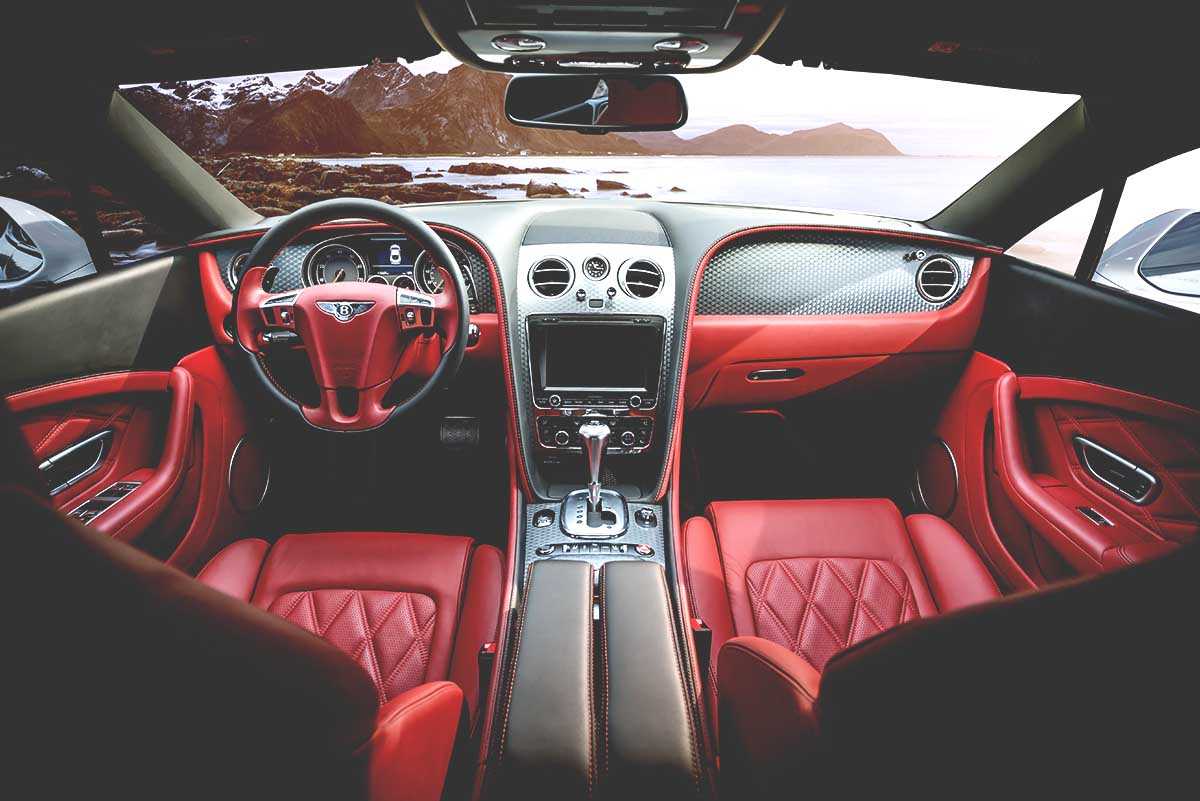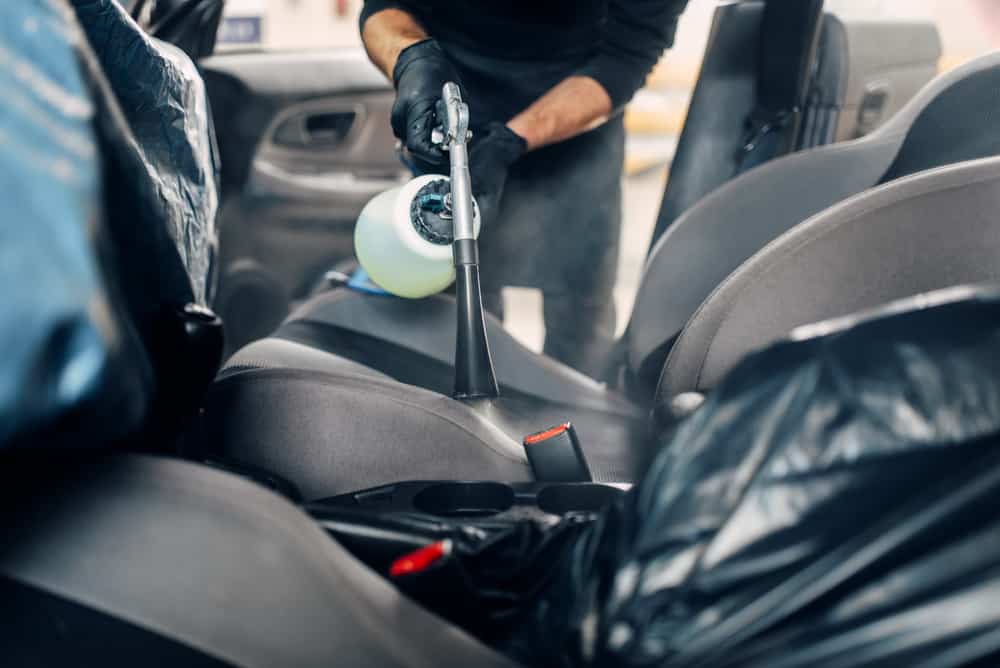Having a car is a blessing during this coronavirus outbreak because you can get to the work or anywhere necessary without coming in contact with other people, which is highly risky in this pandemic situation. But bringing your car out in the streets means interacting with someone or something infected with the virus. And that virus can stay on plastics and metals for nine days!
The risk of exposure increases when you work for a ride-sharing company or delivery service. However, you can keep the car environment safe by sanitizing properly and following some hygiene rules.
Contents
Coronavirus has a shorter life in hot weather, so the car exterior has less chance of contamination under the sunlight. But the cabin stays cool because of using sunshades and window tints. So, every time your car is out there, you must disinfect these hotspots you touch frequently:

- Inside and outside door handles (because you and everyone else grab them whenever getting in and outside the vehicle).
- Driving wheel and seat belts (quite obvious)
- Dashboard, which is one of the most germ-prone surfaces in a car’s cabin.
- Gear lever and handbrake
- Infotainment system’s touchscreen and controls
- Door armrests and grab handles
- Radio knobs
Some other often-touched things are window controls, climate control buttons, seat adjustment levers, and the stalks for the windshield wipers and turn signal.
Also, fuel pumps are a high-risk zone for contracting a highly infectious virus. Compared to an average public toilet seat, a fuel station carries germs up to 11,835 times. Gross! When you grab the nozzle to fill up the gas tank or press the buttons on the card machine, you literally touch something that many people have touched before you and that is unlikely to be sanitized regularly. Wear gloves while filling up and apply hand sanitizer before getting inside the vehicle.
Coronavirus can live on these along with a few other frequently-touched surfaces for a long time and sanitizing these places regularly with a germicide is the way to stay safe. Staying clean is imperative in this fight against the spread of COVID-19.
In the next section, we’re going to discuss a few ways to sterilize your vehicle. However, always remember to wash your hands with soapy water, liquid handwash, or hand sanitizer every time before driving and after getting out of the car.
How to Sanitize the Car to Fight COVID-19
One way to fight this vicious virus is washing your hands and avoiding touching your face. Unfortunately, that’s not enough.
If you are bringing your car to the outside world, it needs to be sanitized too, as this is the only way to mitigate contamination. Here are a few ways to keep your car safe from coronavirus:
SEE MORE
- Wanna Buy a Car in this Pandemic? Here’s the Safe Guidelines
- Car Cleaning Tips that Definitely Work!
Cleaning the High-Touch Areas
Of course, disinfecting is the only way to kill the virus, but cleaning the areas before will produce the best results. Most car surfaces accumulate dirt, food crumbs, sweat, oil, and gunk. If you apply the disinfectant directly on these surfaces, it gets diluted and becomes less efficient. Even the best of products cannot penetrate the dirty layer to kill the germs underneath.
Clean these areas with your preferred car soap or lukewarm soapy water and wipe out with a clean rag or microfiber towel.
Disinfecting the High-Touch Areas
You need to apply disinfectant every time after getting in and out of the car when you are in a public place. Any sanitizing product with 70% alcohol will work as a germ killer. Isopropyl alcohol seems to be the best solution because it not only kills coronavirus and other germs but also safe for all materials. It won’t taint or ruin the fabric or leather upholstery of your vehicle. Also, it’s safe for plastic, metal, and painted chrome surfaces.
Don’t have isopropyl alcohol available? Use soap and water. However, don’t apply too much force when cleaning because this solution can fade the color of various surfaces.

Disinfecting wipes or spray are quick solutions. They will work fine if you apply them by following the instructions on the packet. Let the disinfectant sit for a while, from 30 seconds to one minute, on the surface for the best results. Wipes are better in this case because people seldom wait after spraying a cleanser.
DON’T Use These Products
You should not sanitize the car with whatever you can get your hands on. A car’s interior has many delicate materials that may get ruined by a harsh cleaning agent. Using the right products and proper techniques are crucial in this regard.
Stay away from bleach. It works great in killing coronavirus, but it can damage or discolor most surfaces. Never use a cleaning agent containing ammonia to sanitize the infotainment’s touchscreen display as it can remove the anti-fingerprint and anti-glare films.



